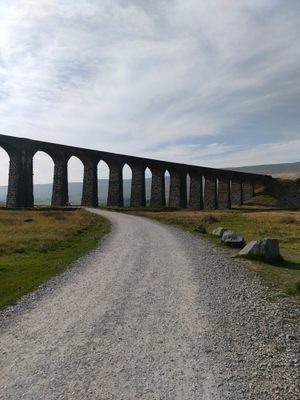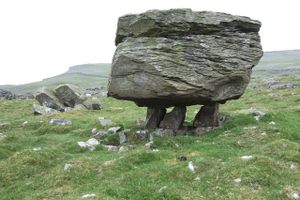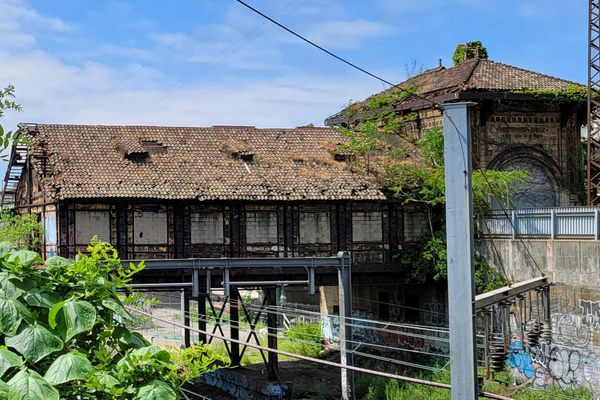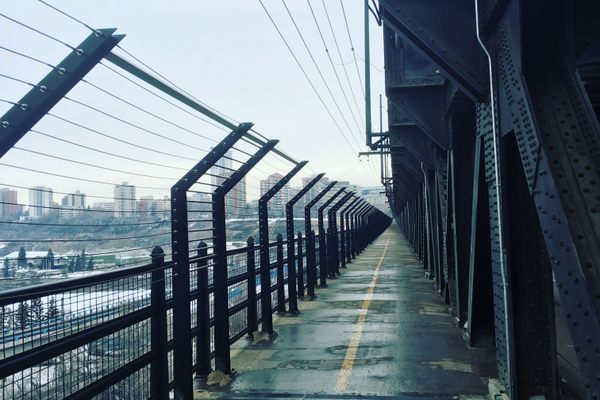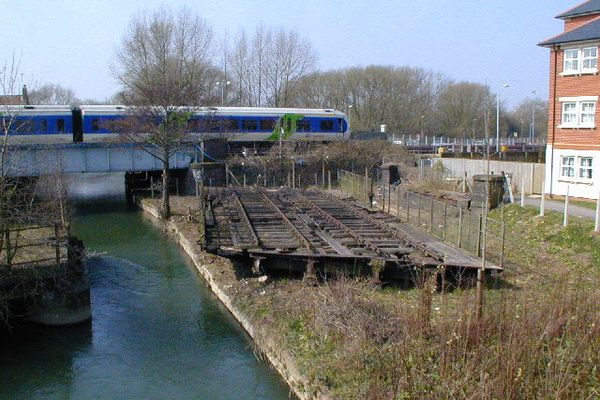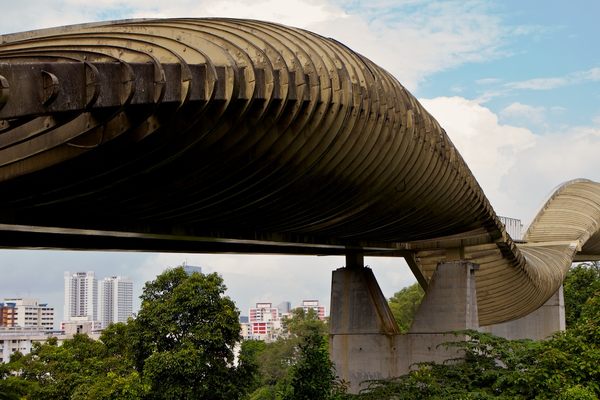About
The Ribblehead viaduct sweeps across the bleak, lonely, North Yorkshire moor carrying the Settle-Carlisle railway line across the Ribble Valley. A route the train line has traversed since the viaduct's completion during the Victorian period.
Getting off the train at Ribblehead station feels as though you are hundreds of miles away from civilization. The sky truly seems endless in this remote stretch of England. Passengers can walk right up to the viaduct and stand under the arches, sturdy boots are a bit of a requirement as the ground is very marshy. The massive work of railway architecture was designed by John Sydney Crossley, who was the chief engineer for the Midland Railway. It took more than 2,000 men to build this massive structure, with many losing their lives in the process. The work was so intensive and demanding that a small shantytown was established just below the bridge to house the workers. In 1874 the viaduct was complete, with the Settle–Carlisle line opening just a few years later.
The area is considered a scheduled ancient monument, as the remains of the camps can still be seen. Many of these camps were given distinct names such as Belgravia and Sebastopol, named after a famous siege that took place during the Crimean War. It's also believed that the remains of many of the workers are buried around the site.
Related Tags
Know Before You Go
The viaduct still plays host to a working railway. Several trains travel each way every day from Leeds and Carlisle. Ribblehead Station is immediately south of the viaduct. Afterward, have a pint and warm up in the nearby pub then get the train back to civilization. You can also visit by road, there is parking near the viaduct.
Just a little further north up the line and you can visit the Blea Moor signal box (still in use) and see the looming entrance to the 1.5 mile long Blea Moor tunnel, one of the longest railway tunnels in the UK.
Published
February 24, 2020





